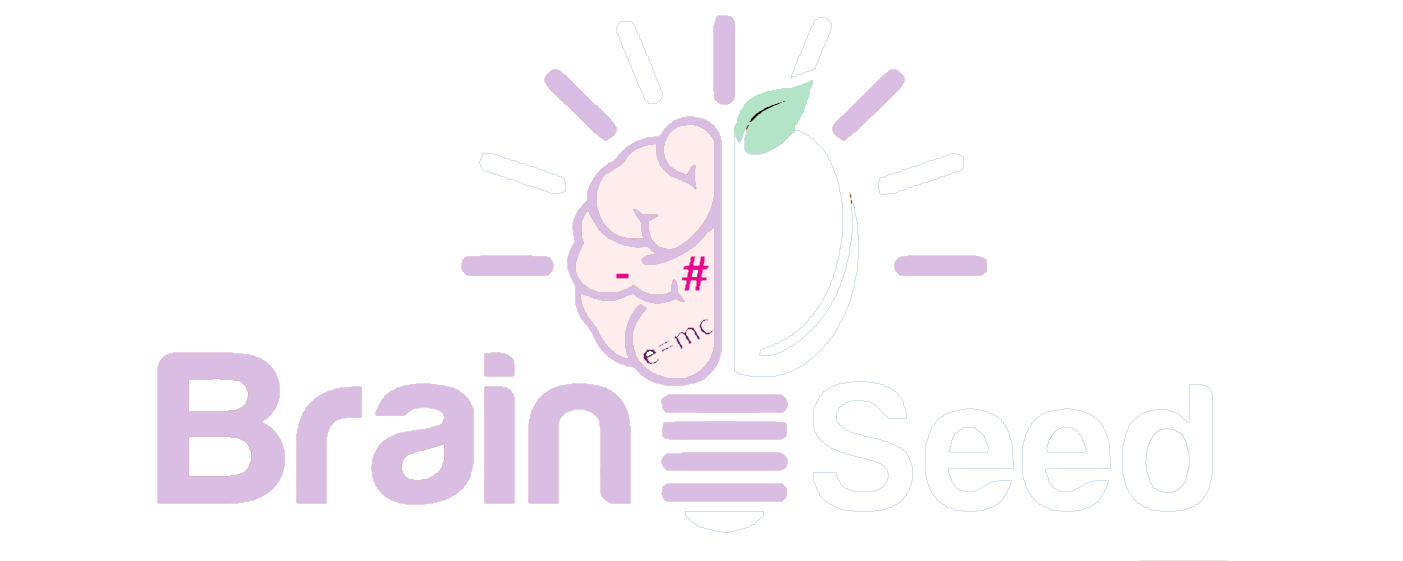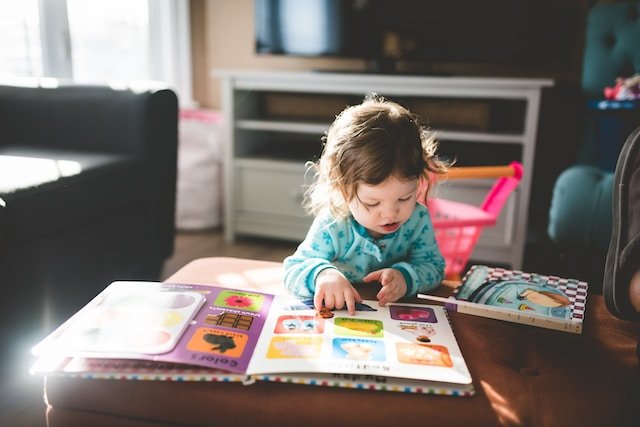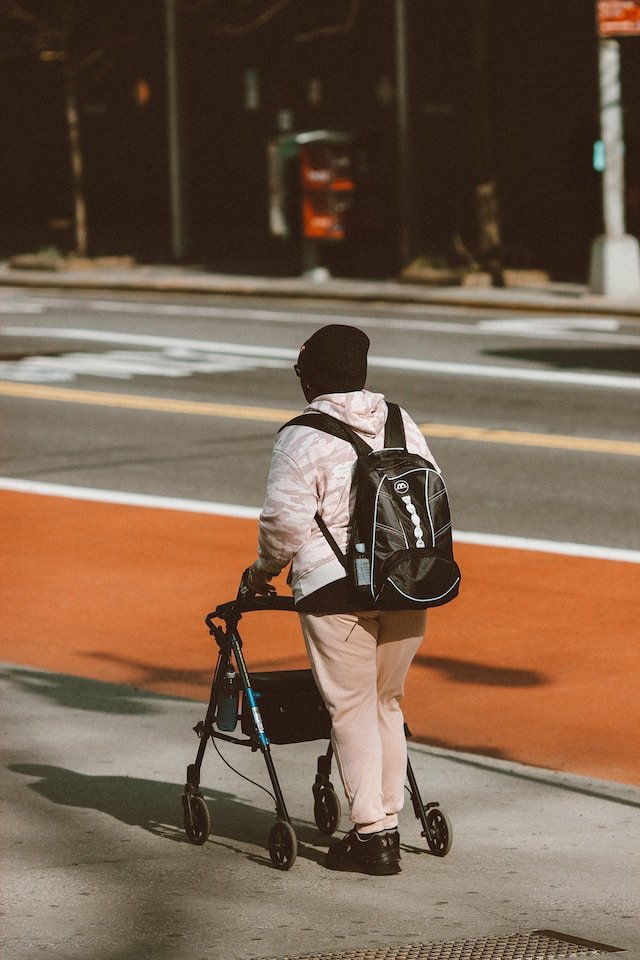What are the best strategies for teaching drama to students with learning disabilities?
Teaching drama is a fun and interactive way for students to develop their creativity, collaboration, and communication skills. However, drama classes can present unique challenges for students with learning disabilities. Fortunately, there are strategies that teachers can use to make drama classes more accessible and effective for these students. In this article, we will explore some of the best techniques for teaching drama to students with learning disabilities.
Incorporate Visual Aids
Visual aids such as pictures, charts, and videos can be helpful for students with learning disabilities who may struggle with verbal or auditory instruction. Teachers can use visual aids to demonstrate concepts or actions in drama, such as facial expressions, body language, or stage directions. By incorporating visual aids, students with learning disabilities can better understand and participate in drama activities.
Use Props and Costumes
Props and costumes can make drama activities more engaging and accessible for students with learning disabilities. Props and costumes can help students visualize and embody their characters, which can increase their confidence and engagement in the activity. Additionally, props and costumes can be used to assist students with learning disabilities who may struggle with retention or recall by providing visual cues and prompts.
Break Tasks into Smaller Steps
Breaking tasks into smaller, more manageable steps can help students with learning disabilities feel less overwhelmed and more confident in their abilities. For example, teachers can break a drama activity into several smaller steps, such as brainstorming character traits, practicing dialogue, and rehearsing scenes. By breaking tasks into smaller steps, students with learning disabilities can focus on one thing at a time and build their skills and confidence over time.
Provide Opportunities for Repetition
Repetition can be helpful for students with learning disabilities who may struggle with memory and recall. Teachers can provide opportunities for repetition in drama activities by practicing scenes multiple times or revisiting past activities to develop concepts and skills. Additionally, teachers can provide written or visual prompts to assist students in remembering key information or actions.
Create a Safe and Inclusive Environment
Creating a safe and inclusive environment is essential for students with learning disabilities to feel comfortable and engaged in drama classes. Teachers can create this environment by setting clear expectations, providing positive feedback, and encouraging collaboration and participation. Additionally, teachers can provide accommodations, such as extended time or modified activities, to support students with learning disabilities in their participation.
In conclusion, teaching drama to students with learning disabilities can present unique challenges, but with the right strategies, drama classes can be engaging and effective for all students. By incorporating visual aids, using props and costumes, breaking tasks into smaller steps, providing opportunities for repetition, and creating a safe and inclusive environment, teachers can help students with learning disabilities build their creativity, collaboration, and communication skills through drama.
Are you looking for a fresh and exciting way to engage your school’s drama program or your child’s creativity? Try YouTube drama! It’s a fun and modern way for students to create and perform in their own videos. YouTube drama is flexible, convenient, and can even reach a wider audience. Plus, it teaches valuable skills like video production, editing, and storytelling. Click here to learn more about how YouTube drama can benefit your school’s drama program.







